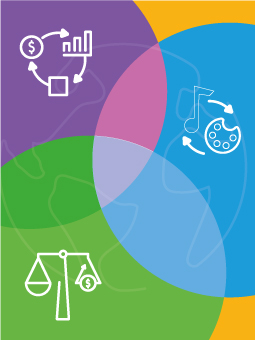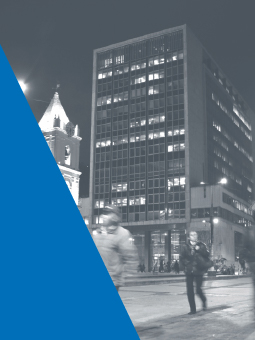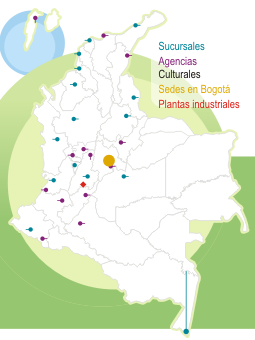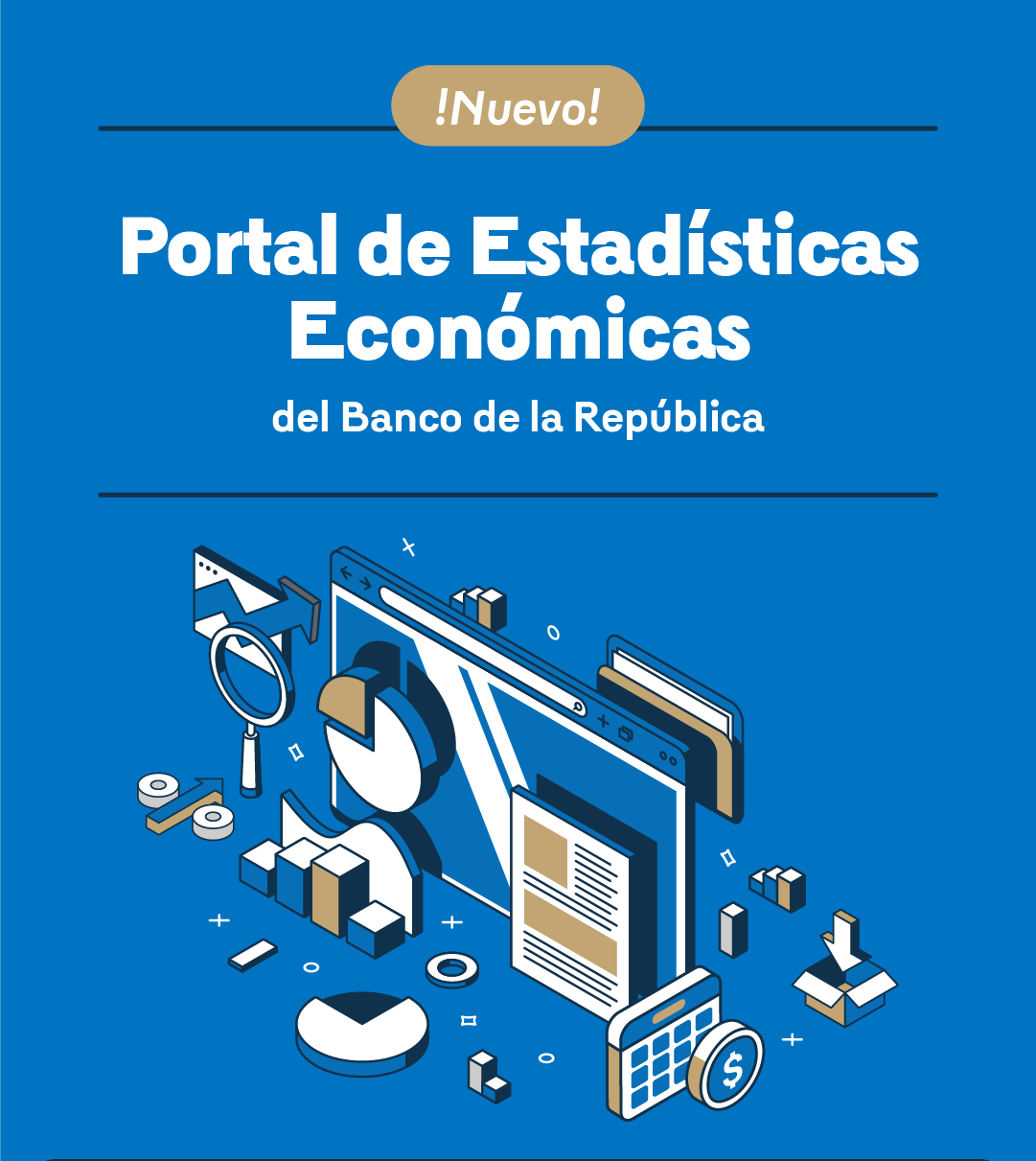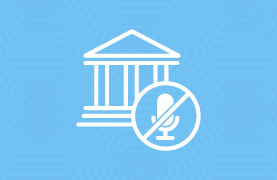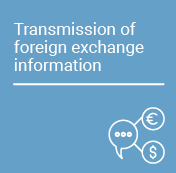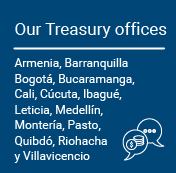Essays on Economic Policy (ESPE in Spanish) - Macroeconomic Effects of the Minimum Wage in Colombia
En la revista Ensayos sobre Política Económica (ESPE) divulgamos los resultados y las propuestas de política que surgen de investigaciones académicas realizadas en el Banco de la República. Cuando nos lea, tenga siempre presente que el contenido de nuestros artículos, así como los análisis y conclusiones que de ellos se derivan, son exclusiva responsabilidad de sus autores. El material divulgado en nuestra revista ESPE no compromete ni representa la opinión del Banco de la República ni la de su Junta Directiva.
In the journal Ensayos sobre Política Económica - ESPE - we disclose the results and policy proposals that arise from academic research carried out at the Banco de la República. When you read us, always keep in mind that the content of our articles, as well as the analyzes and conclusions derived from them, are the sole responsibility of their authors. The material disclosed in our ESPE magazine does not compromise or represent the opinion of Banco de la República or that of its Board of Directors.
Approach
At the end of each year, Colombia follows a negotiation protocol that leads to an increase in the minimum wage either by agreement between the parties or, in the absence of such agreement, by government decision. Despite evidence of its adverse effects on the labor market (formal employment, unemployment, and labor informality), increases tend to be high, with the argument that a high minimum wage stimulates aggregate demand and has redistributive effects, for which there is not much evidence.
This paper provides an in-depth study of the macroeconomic effects of the minimum wage in Colombia. It uses partial equilibrium approaches and microdata to establish its effect on labor market flows (job creation and destruction, hiring and separation of workers) and formal employment, on the income distribution of workers and families, and on inequality and monetary poverty of households. This approach also provides evidence of the effect on the prices of goods and services, core inflation, and total inflation.
Additionally, the article relies on dynamic stochastic general equilibrium models to show the responses of consumption and workers' welfare, employment and its formal-informal composition, production, investment, productivity, inflation and the intervention of the monetary authority, fiscal accounts, etc., to different types of shocks to the minimum wage: temporary and permanent, expected and unexpected, nominal and real, in relation to other wages in the economy, and shocks to the minimum wage for redistributive purposes.
Contribution
The contributions of this document are many, but the main one is providing the economic authorities, the Permanent Commission for the Coordination of Salary and Labor Policies, and, in general, all Colombians, in an articulated manner, with the main effects of the minimum wage on our economy. The document addresses much more than employment, unemployment, and labor informality. It innovates in the study of the effects on formal employment flows, prices, and detailed analysis of aspects such as income distribution, inequality, and poverty. Similarly, the paper is innovative in using dynamic stochastic general equilibrium models to analyze the effects of shocks to the minimum wage on the most significant aggregate variables, considering the interaction of all of them in different macroeconomic environments associated with the Colombian economy.
Through a broad and well-structured dialogue, Colombia should modify the implementation of the minimum wage policy and redesign job training in a way that allows us to increase labor productivity.
Results
The findings are not encouraging. The minimum wage has adverse effects on employment flows: it reduces job creation and increases job destruction. It also increases the separation of workers and reduces the hiring of workers, leading to losses in formal employment. Although there are positive effects on the income of most households, there are negative impacts on the income of the poorest families, which correspond to the first quantile. Similarly, increases in the minimum wage increase the probability of being below the monetary poverty line and even below half of the monetary poverty line. In other words, implementing the minimum wage in Colombia does not favor the poorest households. Inequality increases for households and the group of employed workers, although the Gini coefficient decreases for some subgroups of employed workers. There are also significant responses involving increases in prices and inflation resulting from the minimum wage increase.
The dynamic stochastic general equilibrium models report adverse results in total consumption and workers' welfare, labor informality, investment, production, and fiscal accounts, affected by the pensions of the pay-as-you-go system, health, payroll, and lower tax collection, both in the short and long term, as a result of labor informality, which in turn affects health accounts and old age protection programs.
Although one of the purposes of the minimum wage is to contribute to reducing poverty and inequality, it does not seem to be achieving this. Therefore, through a broad and well-structured dialogue, Colombia should modify the implementation of the minimum wage policy and redesign job training in a way that allows us to increase labor productivity and, thus, reduce the minimum wage to median wage ratio from the current 90% to the OECD countries' average of 50%.






